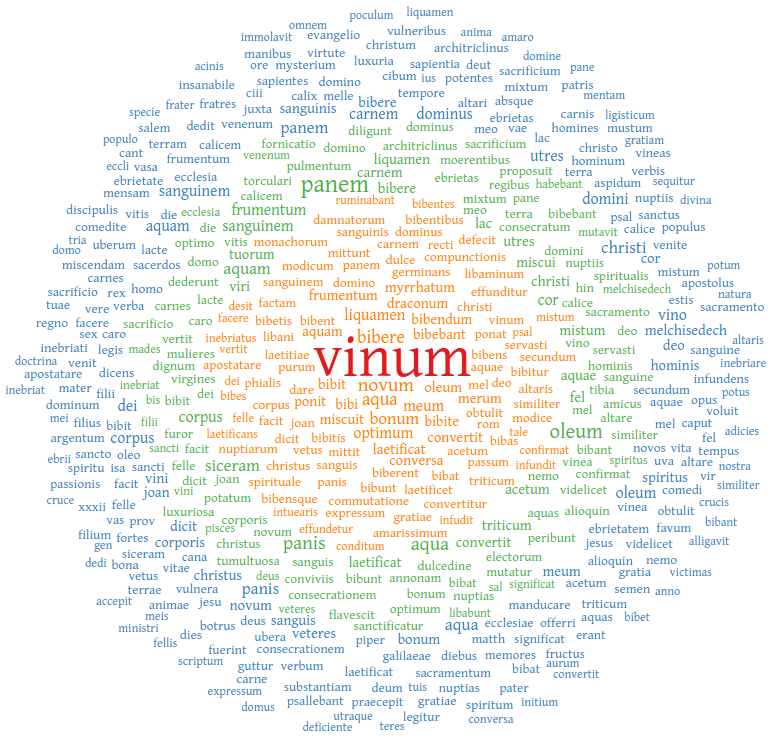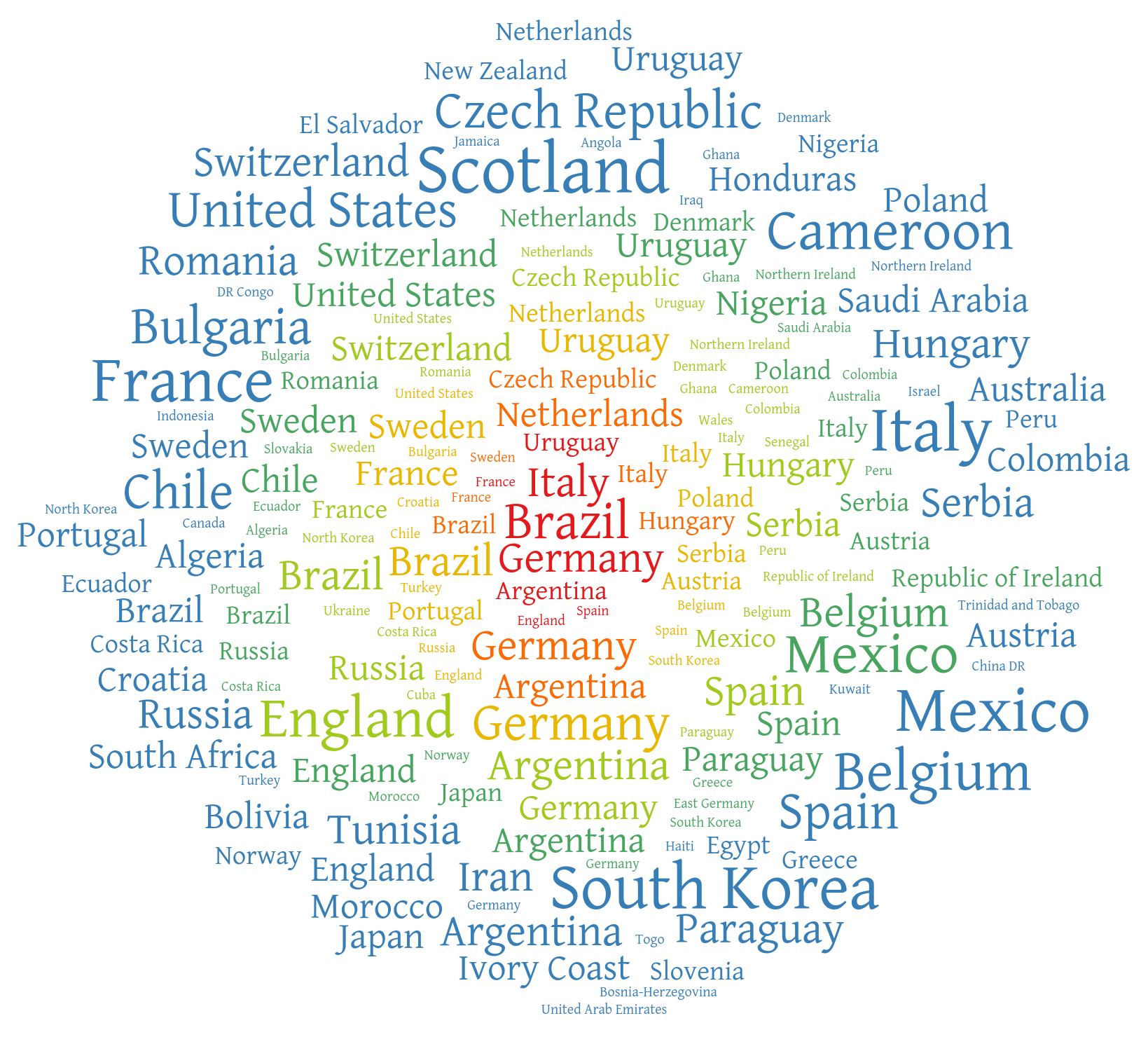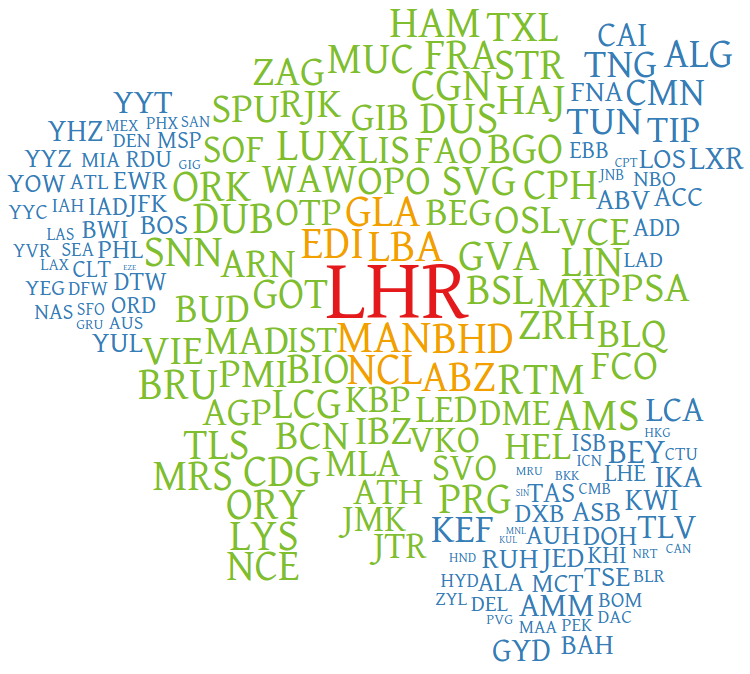Digital humanities: Analyzing the clause functions of a term's cooccurrences
|
Within the digital humanities project eXChange, historians and classical philologists work with a database containing a large amount of digitized historical texts in Latin and ancient Greek. Usually, humanities scholars pose keyword based search queries and often receive numerous results, which are hard to revise individually. As a consequence, the generation of valuable hypotheses is a laborious, time-consuming process. To facilitate the humanities scholars' workflows, The intention of using TagSpheres in this project is a specific research interest of the humanities scholars: the analysis and classification of a term's co-occurrences according to their clause functions. For this purpose, the scholars required four-level TagSpheres displaying the following tags:
|

|
Sports: Visualizing the performances of teams in championships
|
This scenario illustrates how TagSpheres can be used to comparatively visualize performances in championships. We processed a dataset containing the results of all national teams ever qualified for the FIFA World Cup. We receive the following six-level hierarchy:
|

|
Aviation: Visualizing all non-stop flights of an airport
|
To analyze the federal, continental and worldwide connectivity of airports, we derived a dataset from the OpenFlights database, which provides a list of direct flight connections between around 3,200 airports worldwide. With the selected departure airport d (or city) on H1, all other airports (or cities) reachable with a non-stop flight cluster into three further hierarchy levels:
|

|
 vizcovery.org
vizcovery.org